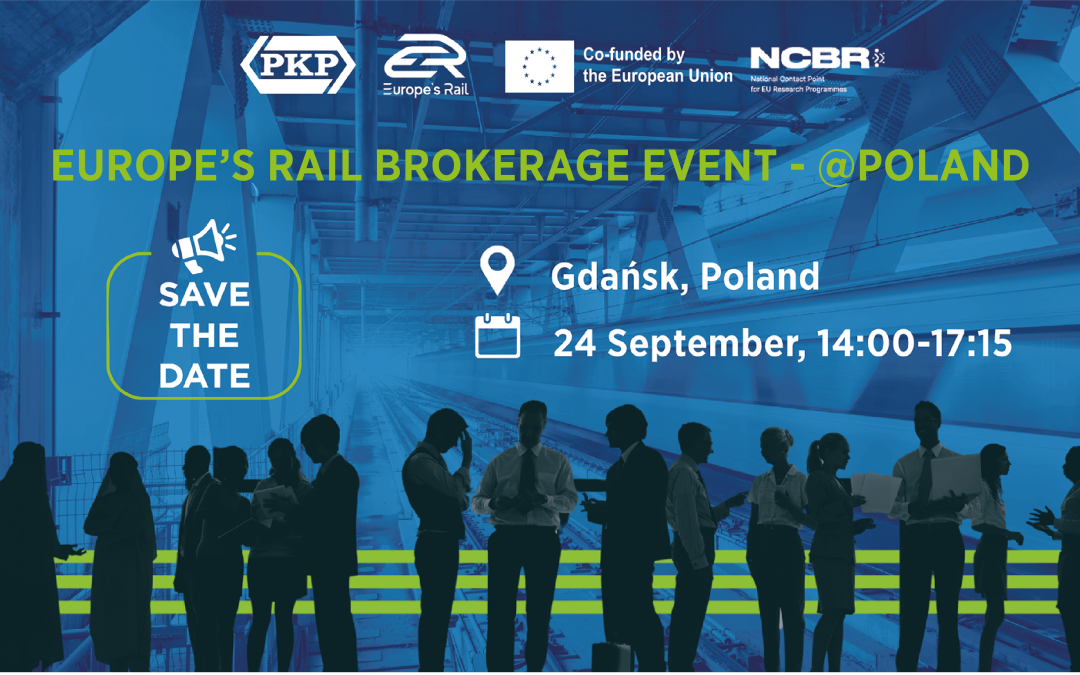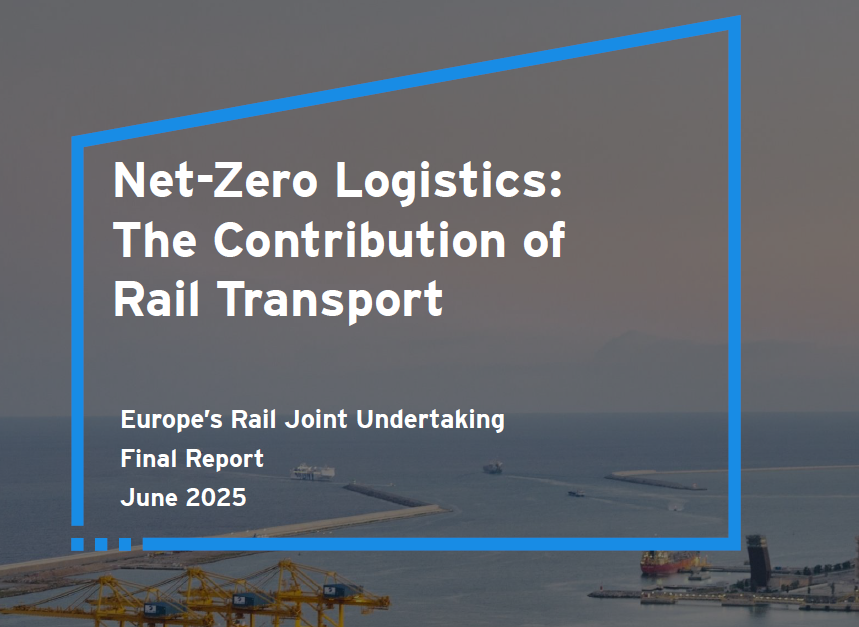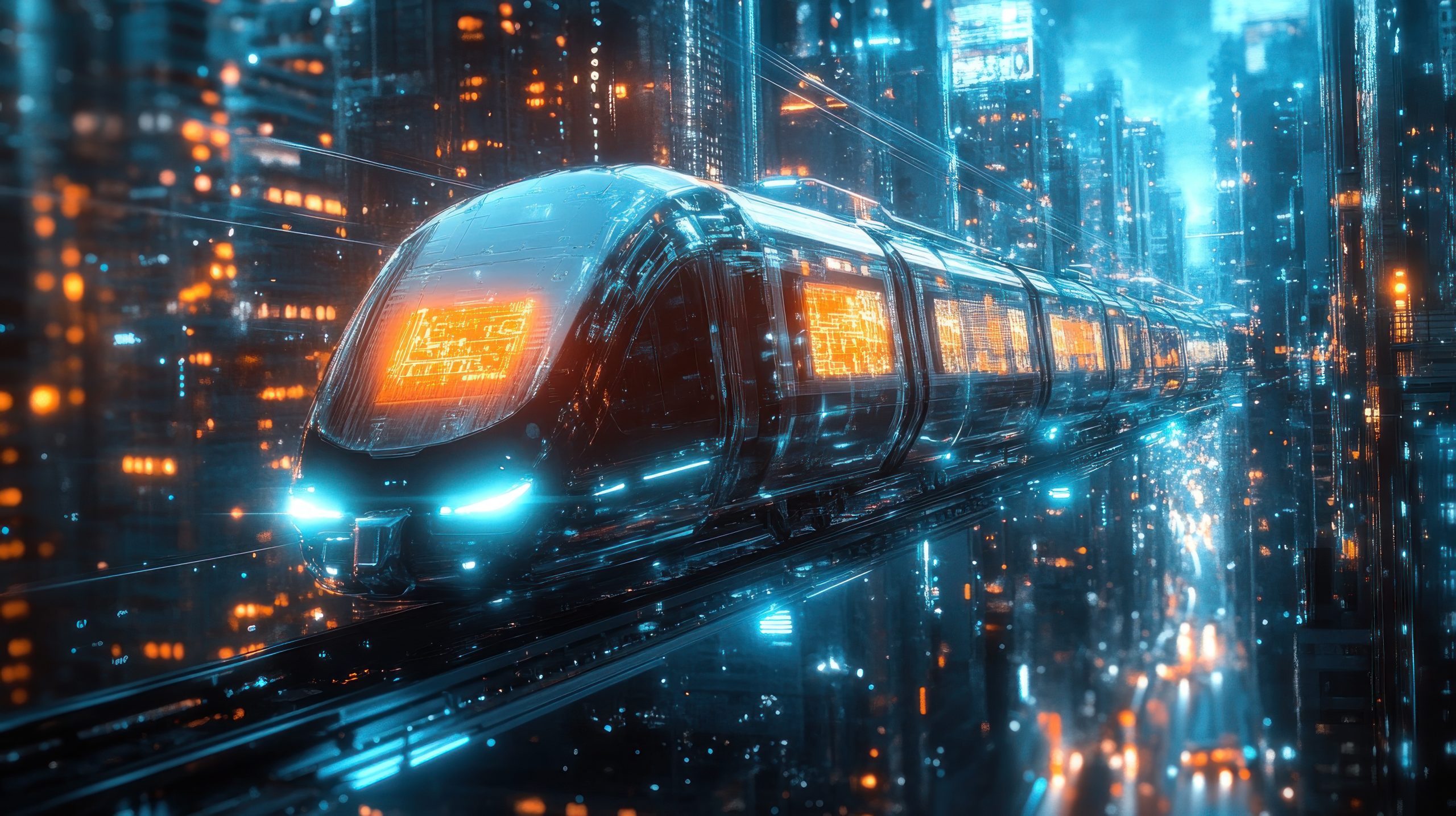Europe must take decisive steps to simplify and modernise its rail systems to strengthen competitiveness,...
The Challenge
The interiors of most rolling stock aren’t designed to be upgraded or refurbished.
How we do this?
The Train Modularity in Use Technical Demonstrator (TD) developed new modular concepts for train interiors and driver cabins that allow operators to adapt the vehicle layout to actual usage conditions.
Train interiors
The TD delivered a modular interior mock-up that includes two different train concepts:
- Concept 1: featuring composite panels and a hidden fixation system
- Concept 2: featuring composite panels and a visible mounting
Key Finding
- Concepts reduce the global production costs of parts.
- Using 47% less pieces, providing direct access to the fixation systems and offering electric power with cabling, the concepts reduce the time to change a complete layout by as much as 43%.
- Compared to the reference, the two concepts reduce capital costs by 10%.
The benefits
- Enable the interior design of a high speed and/or long-distance train to be adapted in a relatively short time and in a cost-effective manner.
- Allows for the easy integration of new technologies.
- Potential to decrease the quantity of cables required for installation, thus reducing overall complexity and weight.
- Could significantly reduce carbon emissions over the course of the next 30 years.
Did You Know?
Thanks to a quick and easy design, the modular panels can be installed by just 2 people in less than 20 minutes.
Fast Fact
Both concepts are now ready to be applied to a full train design.
Driver cabins
Description
Key Findings
Adaptative cocoon
Optimises classic cabin design with the addition of new technologies and a novel driving experience.
- 60% increase in floor surface
- More space means more seats
- This results in a +3.5% increase in passenger numbers
Immersive chair mono-cabin
A fully digital cabin that can be integrated anywhere in the train.
- Allows 11 extra seats for each extremity freed
- Requires around 9 seats to integrate the new digital driver’s cabin in the passenger room
- This translates to an additional 13 seats per train, resulting in a 5.5% increase
Panoramic cabin
A new cabin concept defined by its elevated positioning and customisable features.
- Allows 11 extra seats for each extremity freed
- Requires room of 6 seats to integrate the stairs accessing the driver’s cabin.
- This means 16 extra seats by train, resulting in a +7% increase in passenger numbers

Did You Know?
Cabin design can improve the driver experience by reducing fatigue, improving focus and ensuring the driver can operate the train comfortably.

Fast Fact
Placing the cabin ‘outside’ the train maximises passenger space and allows for nearly limitless layout possibilities.
Conclusion
The Train Modularity in Use Technical Demonstrator has advanced the idea of a cost-effective interior upgrade from blueprint towards prototype.

















